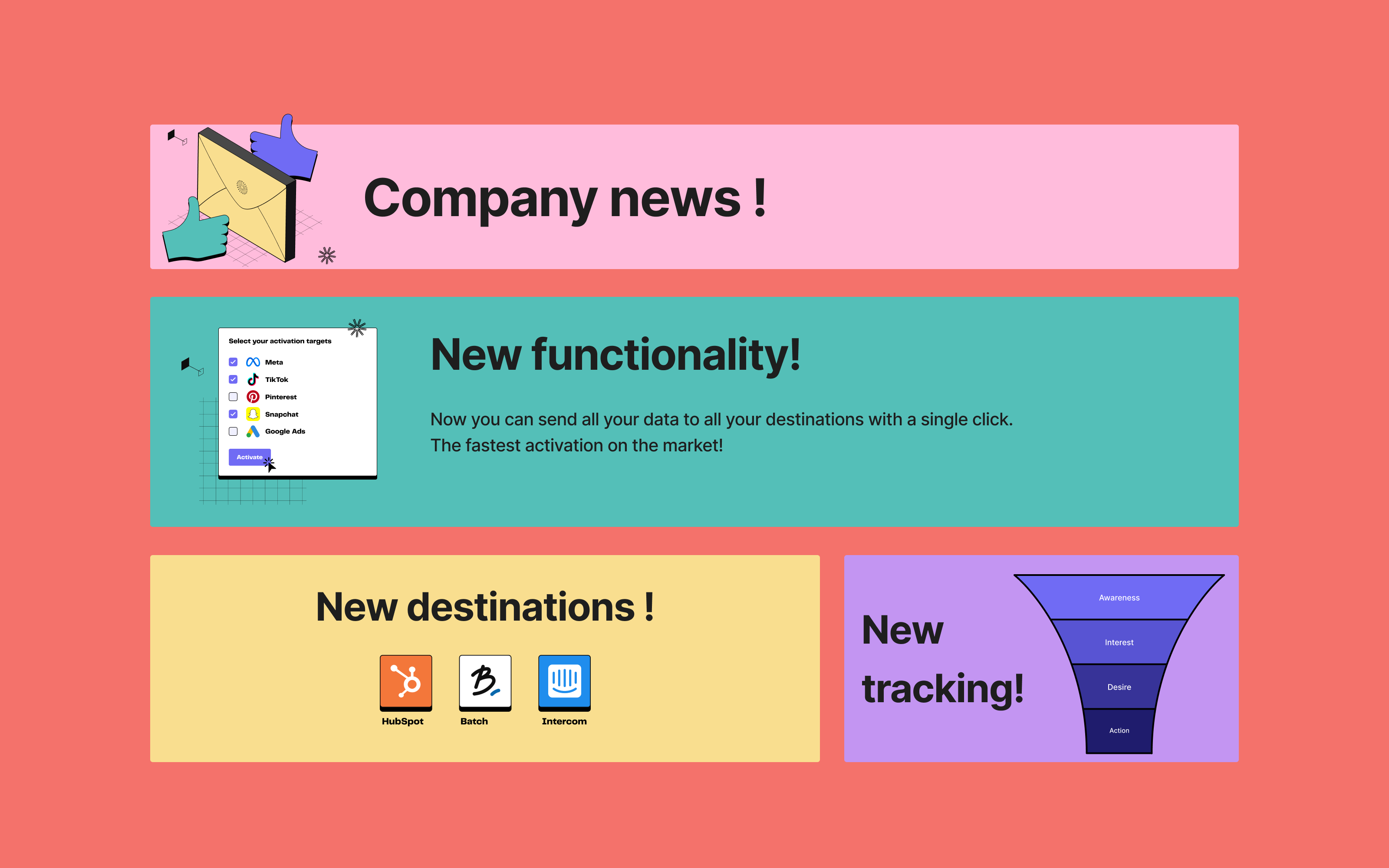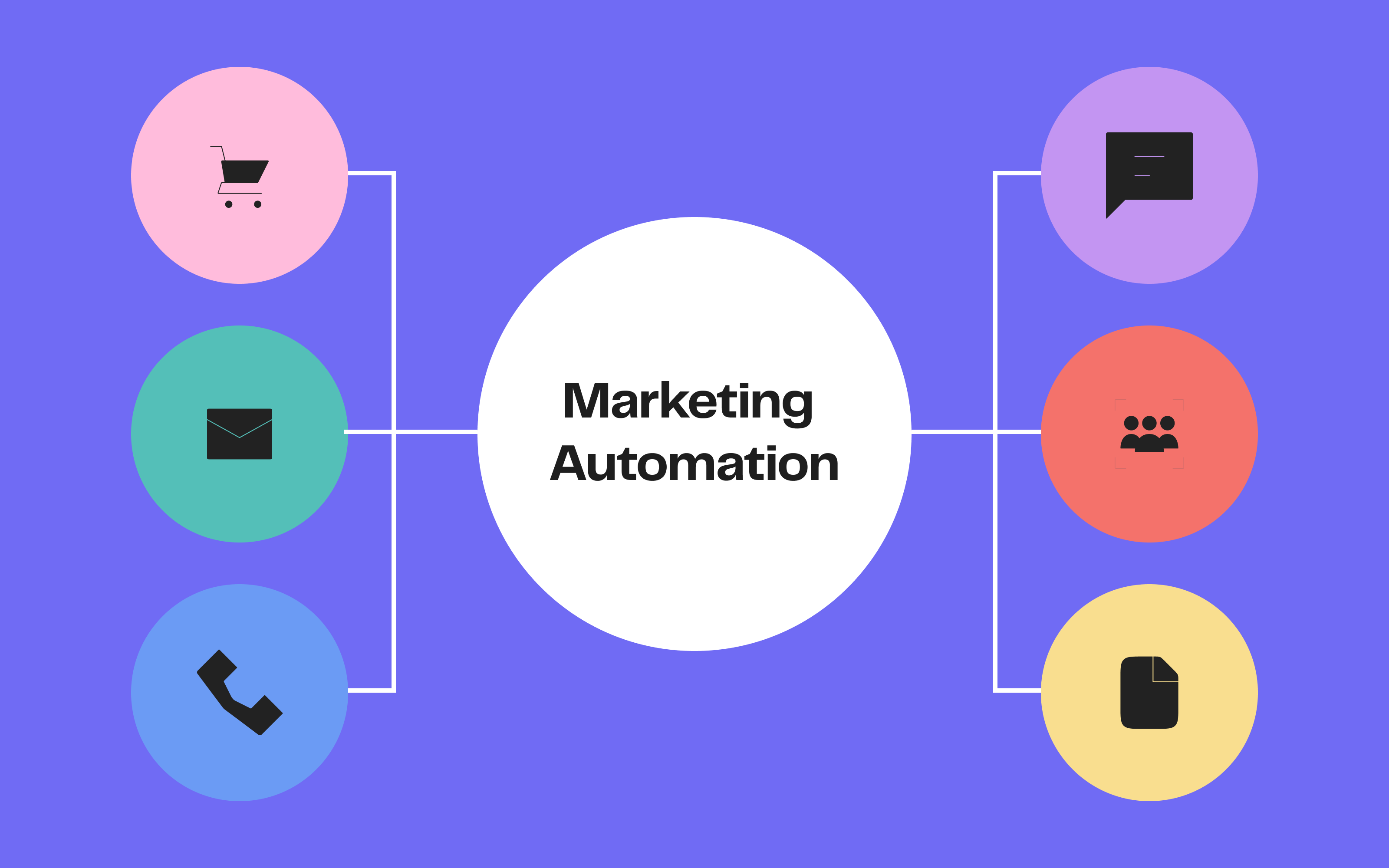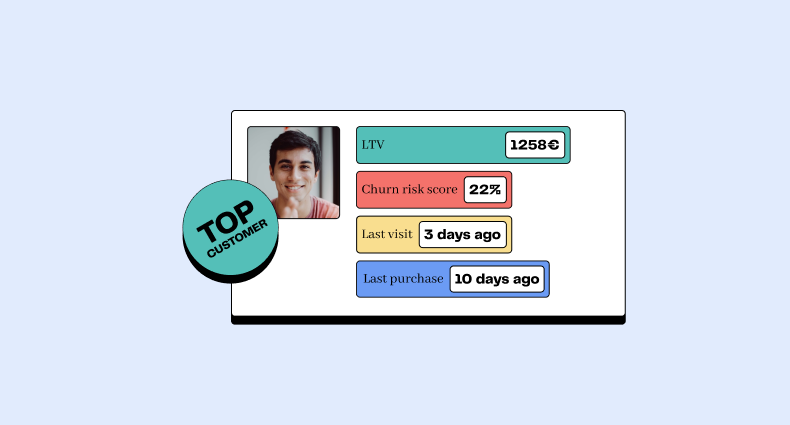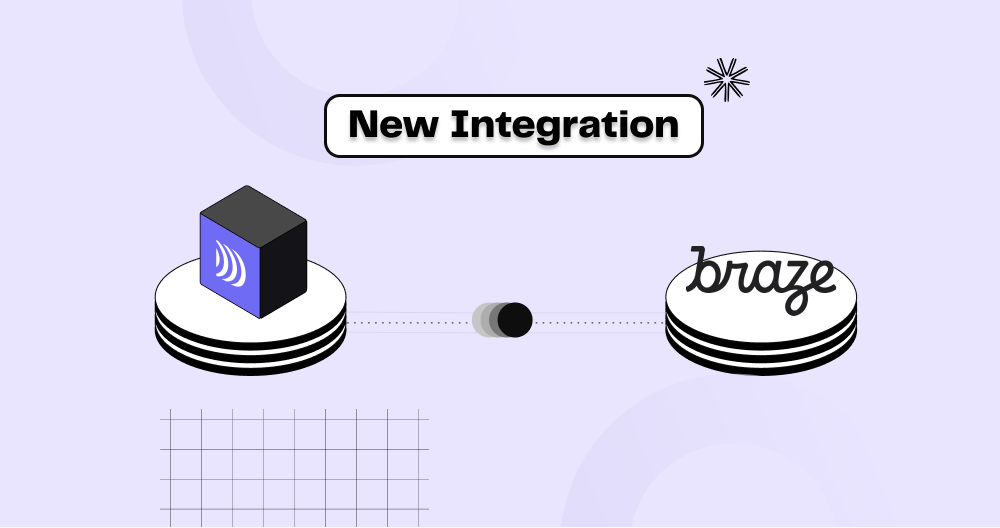Newsletters represent an essential communication channel for businesses, creating a direct and cost-effective bridge to connect with customers. They serve not only to share updates and information related to the company but also to highlight products or services, thus strengthening connections with contacts.
👉🏼 This article details the objectives of a newsletter, key elements to include, and how to measure its results. We also provide some practical examples of newsletters that most businesses can implement.
Definition of a newsletter
Let's start by providing a quick definition of a newsletter.
A newsletter is a preferred communication medium that plays a crucial role in maintaining a direct link with its target audience. Sent periodically via email, it allows businesses to share essential information, updates, or even educational content specifically curated for their subscribers.
More than just an email, a newsletter embodies a rich and diverse communication channel capable of containing various content types such as brand updates, exclusive promotional offers, practical tips, insights on the latest industry trends, or product information. Its design aims not only to inform but also to engage, with high-value content and attractive visual elements.
💡 Be careful not to confuse a newsletter with emailing!
The purpose of a newsletter is marketing—it summarizes the important elements of your company that are meant to interest your target audience.
Emailing, on the other hand, is commercial. It is highly targeted and should lead to a sale or an appointment. For example, an email sent after cart abandonment or to announce exceptional commercial offers is an email marketing technique.
Don't be mistaken, though! The goal of a newsletter is still to prompt an action from a subscriber. Sprinkled with strategic call-to-actions (CTAs), it aims to turn engagement into concrete actions, directing subscribers to your website or encouraging them to purchase your products.
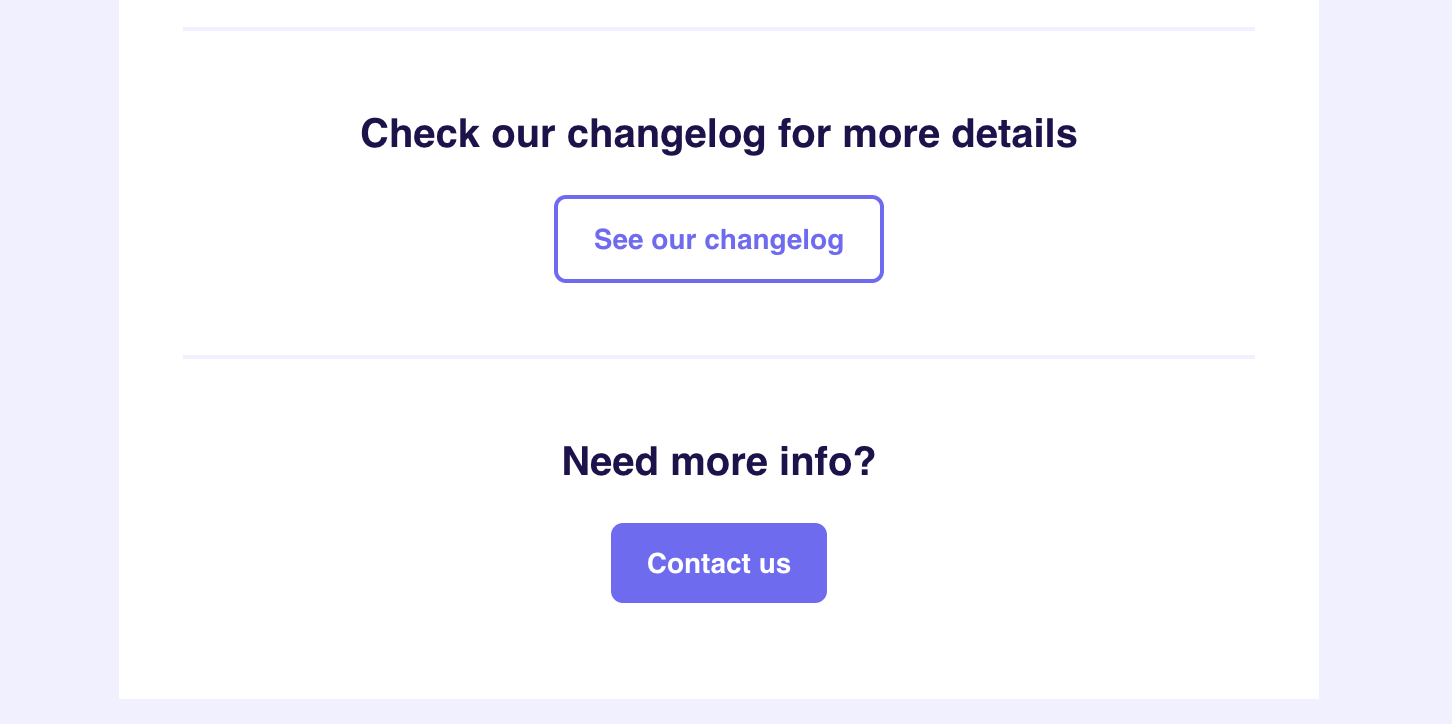
CTA - Example of our Product Newsletter
The key objectives of a newsletter
The ambitions of a newsletter are multiple and must align with the overall strategic marketing vision of your company.
It can target several essential objectives:
Strengthen brand identity
A newsletter is a powerful tool to solidify your brand presence and increase its recognition in the market. By regularly distributing relevant information about your products, services, and company updates, you ensure continuous interaction with your audience, thereby reinforcing their perception of your brand.
However, be careful not to create the opposite effect with your target audience. Repeated communications to people who no longer engage with your brand do not make sense and may annoy them. Consider regularly cleaning up your contact list or (even better) sending targeted newsletters only to relevant audiences.
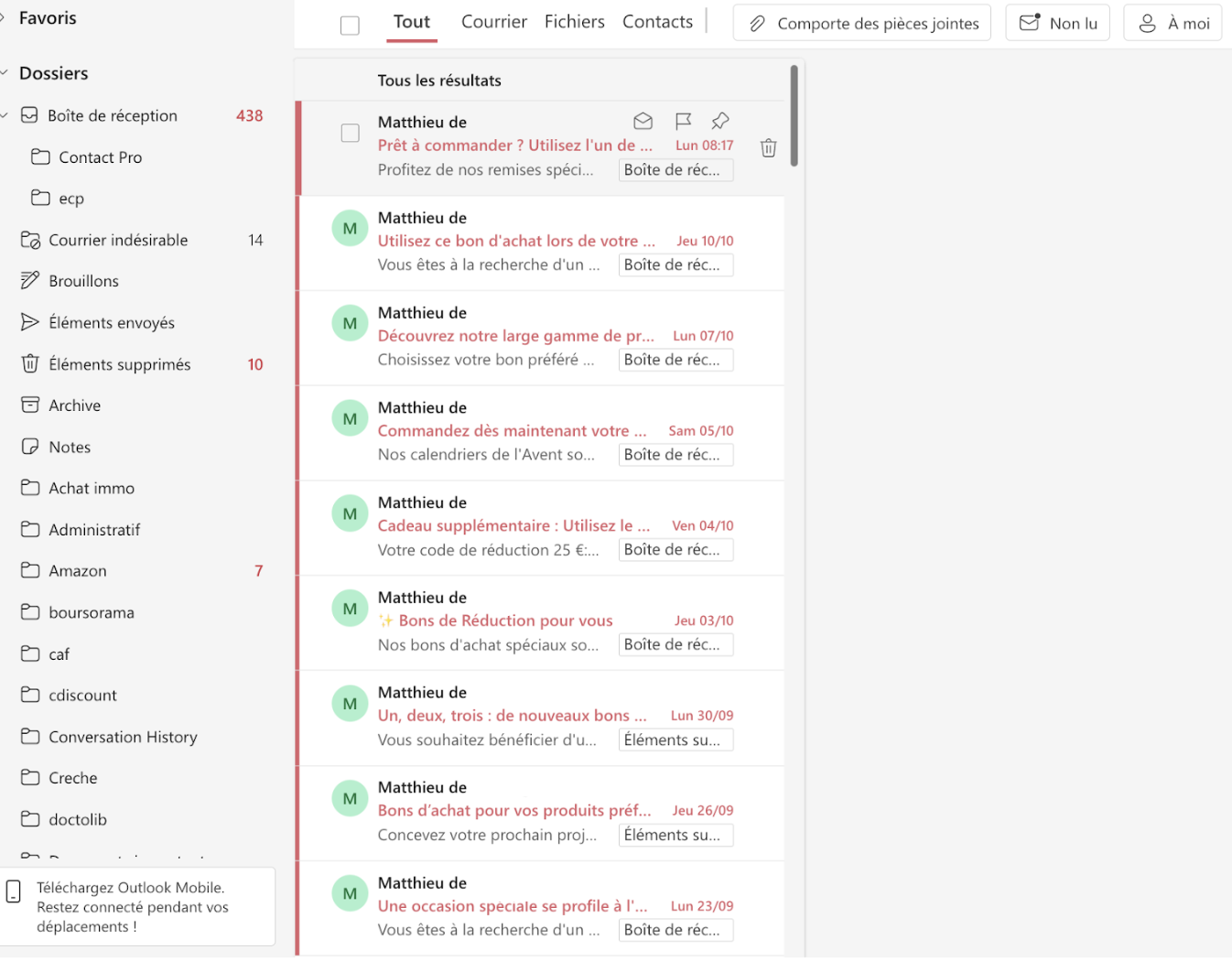
Newsletter too frequent and uninteresting = Too much commercial pressure
Nurture prospects
Lead nurturing is an essential element of the conversion process, during which companies deploy targeted and personalized communications to educate their prospects and build trust, gradually leading them to become customers. Newsletters, by including educational resources, product updates, and relevant industry news, play a crucial role in this effort. The goal is also to remind your prospect that you exist!
Keep subscribers informed
Keeping your subscribers updated on the latest news, new product or service launches, and major events remains one of the fundamental roles of a newsletter. It actively contributes to maintaining a dynamic and trustworthy relationship with your customer base. The main objective is to guarantee customer retention.
Boost sales and ROI
When used strategically, newsletters also serve to promote specific products or services, offer exclusive promotions, and drive transactions. By setting clear objectives, such as improving open and click rates or generating a specific volume of sales through newsletter campaigns, you can accurately measure the impact of your actions.
However, keep in mind that a newsletter maintains a marketing objective—purely commercial goals pertain to emailing.
Increase customer engagement
Newsletters are essential for nurturing and strengthening relationships with your customers by providing rich and relevant content. This can include practical advice, market trends, and information about the company's activities, thus helping to retain and engage your customers.
What should a newsletter contain?
Depending on your objectives, there are various newsletter templates. Moreover, most email marketing, CRM, or marketing automation tools provide them. This is notably the case with Hubspot, Brevo, or Mailchimp.
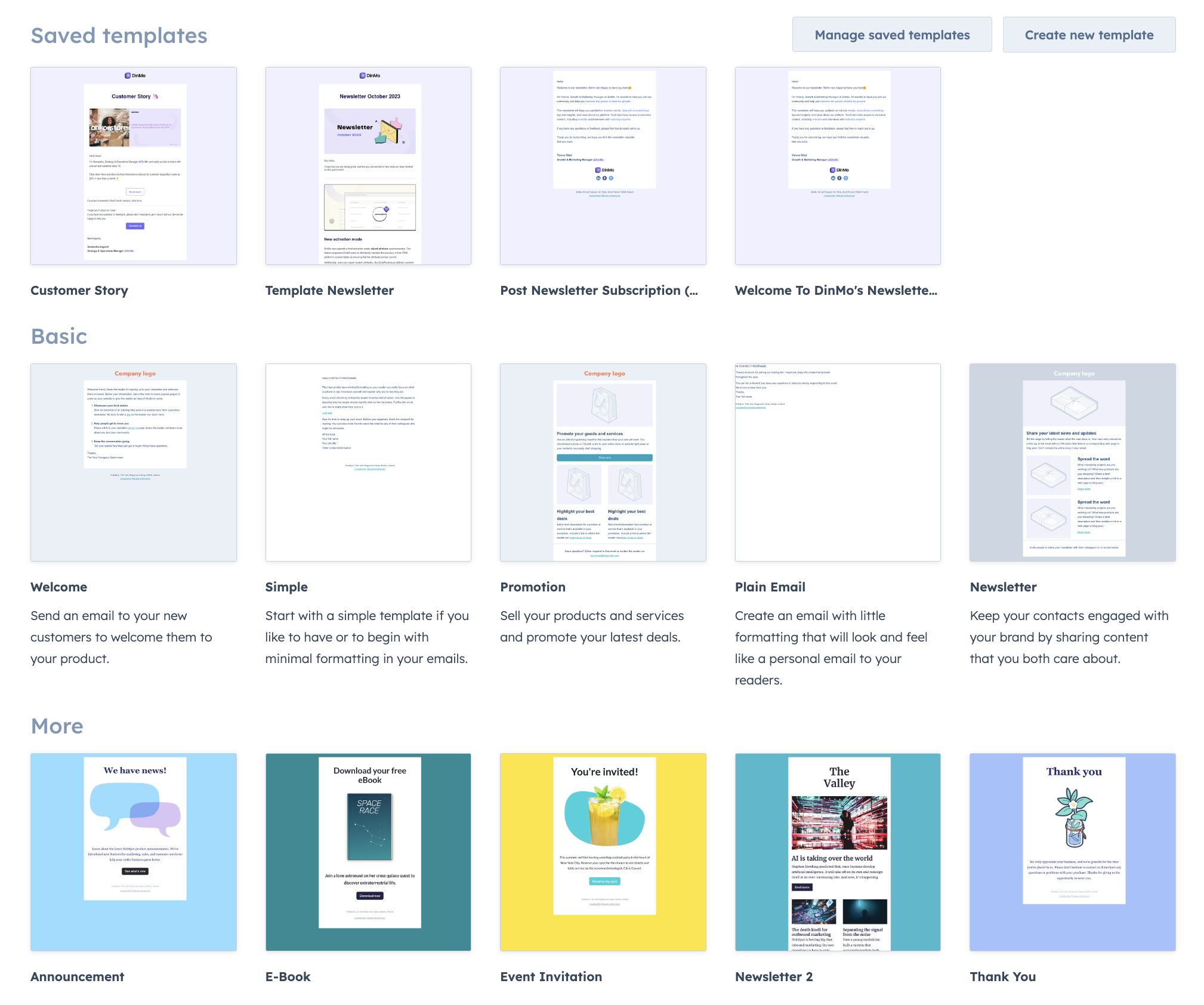
Example - Hubspot templates
However, regardless of the content of your newsletter, certain elements must always be present:
Visual identity: Incorporating your company's visual identity is crucial so that your clients immediately recognize the email sender. This includes integrating your logo, the name of your company, and the colors of your brand. For instance, consider strategically positioning your logo in the newsletter header for instant recognition.
Tailored and personalized content: The content in your newsletter should be updated, relevant, and offer real added value to your target audience. It is essential to personalize it according to the preferences of your different audience segments. Ensure that the important information is highlighted in the upper part of the email to maximize visibility. Opt for clear and concise communication, and avoid overloading your newsletter with too much information.
Some tips for personalization:
You can, for instance, use dynamic attributes to personalize content based on user preferences.
Additionally, you can program certain blocks to display (or not) based on the audience segment to which the newsletter will be sent.
Note that data activation tools can help you update your customers' attributes in your communication tools and segment your database to send the right message at the right time.
Striking Call-to-Action (CTA) buttons: The presence of well-emphasized calls to action (CTA) is fundamental to encourage readers to take action in line with your defined goals. They should be easily identifiable and guide the reader to your website or a specific action. Their wording must be direct and attractive to stimulate engagement. For example, you can offer a promotional code exclusively for this newsletter's subscribers.
Engaging visuals: The use of visuals is critical to the success of a newsletter. Including images, infographics, statistical data, or graphs can not only enhance the textual content but also help with conversion. Make sure these visual elements are relevant and effectively underscore the message conveyed by your newsletter.
Clear subject and preheader: The subject of your newsletter must immediately grab the recipient's attention, give them a preview of the email content, and persuade them to open it. The preheader, complementing the subject, should provide an additional summary of the newsletter's content, encouraging its opening and reading. Also, consistency in the sender's name is essential for your clients or prospects to easily identify you with each send.
How to analyze the results of a newsletter?
Before anything else, it is crucial to set precise goals before sending a newsletter to evaluate its effectiveness.
These goals, whether aimed at generating traffic, increasing sales, enhancing brand visibility, or achieving other specific marketing strategy objectives, are fundamental. With these objectives in place, analyzing your newsletter's performance can be done by carefully examining various KPIs (Key Performance Indicators).
Deliverability
Deliverability assesses the percentage of emails actually reaching the recipients' inboxes, as opposed to those blocked by spam filters or undelivered for various reasons. A high deliverability rate indicates that your messages effectively reach your subscribers. It is vital to monitor this KPI to ensure that your marketing efforts are not in vain. To ensure a high deliverability rate, focus on the quality of your audience and their engagement.
Similarly, it is possible to measure the bounce rate. This KPI indicates the percentage of emails undeliverable to recipients due to invalid addresses, mail servers being down, or other technical issues. A high bounce rate may signal problems with the quality of your contact list, requiring review and updating.

Example - Hubspot stats
Open rate
The open rate indicates the proportion of recipients opening your newsletter compared to the total volume of emails sent. This KPI reveals the attractiveness of your subject line and preheader in capturing readers' interest. An optimal open rate usually ranges between 19% and 32%, varying by industry.
Unsubscribe rate
The unsubscribe rate corresponds to the proportion of recipients who unsubscribed following your newsletter send. It is essential to understand the reasons for this disinterest: too frequent sends, irrelevant content, etc.
Click-Through Rate (CTR)
The click-through rate (CTR) measures the percentage of readers clicking on links within your newsletter versus the number of email opens. This KPI is crucial for evaluating reader engagement and the effectiveness of your calls to action (CTAs) embedded in the content. A high CTR indicates that your content is relevant and engaging for your subscribers.
Conversion rate
Conversion rates serve as a key benchmark by quantifying the percentage of users taking action after interacting with a link in your newsletters. Actions such as completing a purchase, requesting a demo, or signing up for a service are considered. It is a key performance indicator (KPI) that directly illuminates the effectiveness of your newsletter campaigns in achieving your business goals. A significant conversion rate reflects the ability of your emails to generate qualified leads and drive sales.
Revenue generation via newsletter
The revenue generated by your newsletter strategy is a tangible measure of the added value, translated into monetary terms, resulting from the actions taken by your subscribers after receiving your communication. This indicator is essential for determining the return on investment (ROI) of your newsletter initiatives and judging their financial performance.
It is worth noting that a newsletter costs almost nothing (as long as you have a tool to send emails). ROI can reach up to 4000%!
5 examples of effective newsletters
Here are five types of newsletters that have proven their effectiveness in various contexts, each with its own best practices and specific objectives.
The Welcome Newsletter
A welcome newsletter constitutes the first contact you establish with your new subscribers or clients after they sign up for your mailing list. This newsletter plays a fundamental role in starting on a positive note and engaging a conversation from the very beginning.
Some tips to boost conversion for this newsletter:
Send a greeting message and express your gratitude for their subscription.
Briefly introduce your brand and what you do.
Offer a welcome gift, such as a promotional code or access to exclusive content, to encourage initial engagement with your brand.
Include a clear call to action guiding readers to your website or specific content.
Adopt a personalized and authentic tone to build a connection with your subscribers.
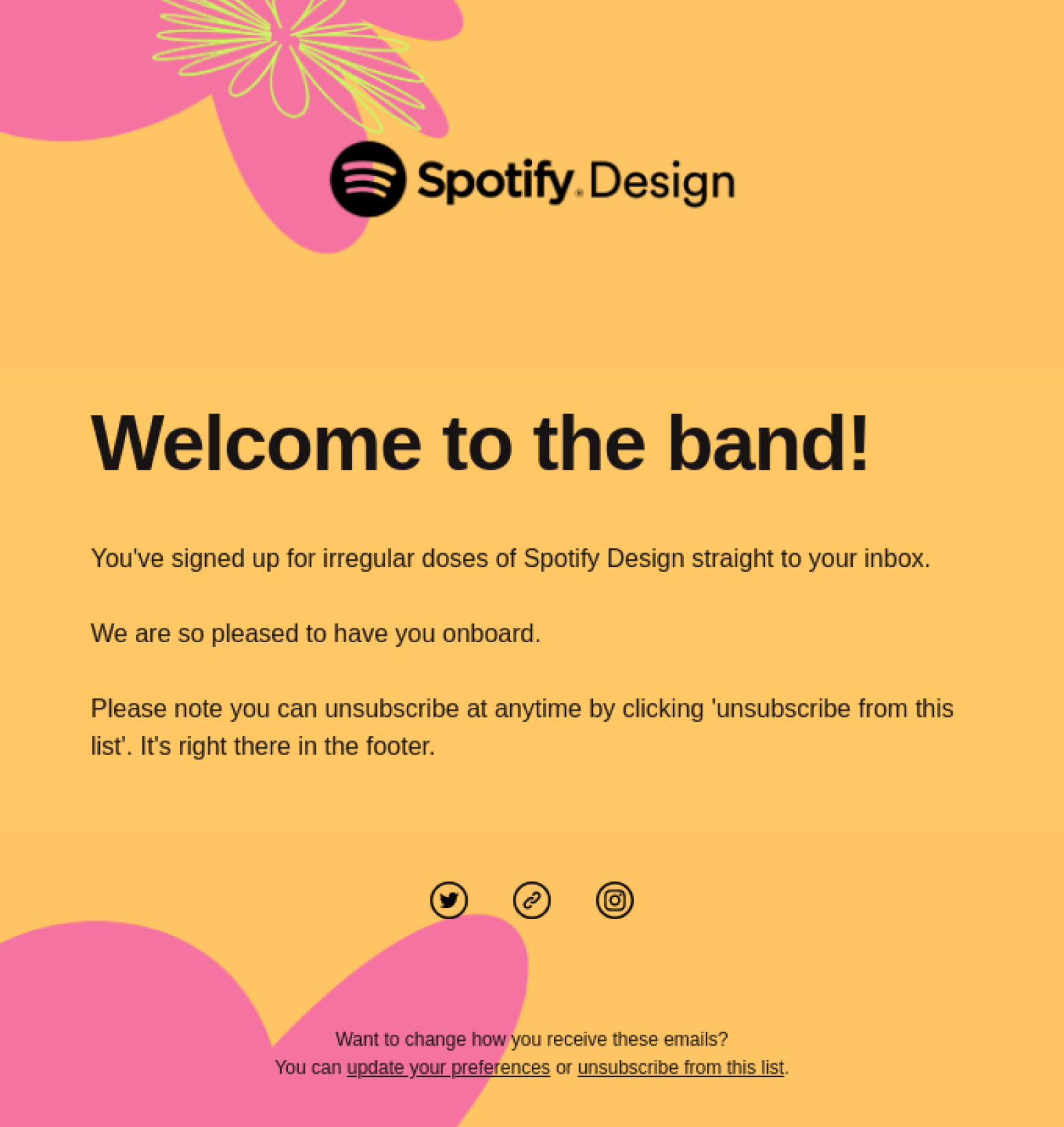
Example - Spotify welcome newsletter
The newsletter announcing new products
This newsletter aims to inform your subscribers about your latest products or services. The goal is to generate excitement and invite them to discover these new offerings.
Best practices for this type of newsletter:
Clearly present the features and benefits of the new products.
Include high-quality visuals and demo videos to showcase the products.
Offer promotions or exclusive deals to the first customers of the new items.
The Company news newsletter
This newsletter is designed to keep your subscribers informed about the latest events and updates regarding your company, thereby strengthening relationships and maintaining consistent interest.
Some tips for this type of newsletter:
Share news about current projects, achievements, and key events at your company.
Include interviews with team members or leaders to provide insight into the company's life.
Direct readers to blog articles or videos for a deeper dive into the news mentioned.
Don't forget conversion! Encourage feedback and interaction from your subscribers.
The newsletter encouraging blog content consumption
This newsletter is designed to promote your blog content and encourage your subscribers to check it out. It should highlight the value and relevance of these contents.
To engage your audience as much as possible with this type of newsletter, consider:
Summarizing the key points of blog articles and providing direct links to the full articles.
Using images and infographics to illustrate the content and make the newsletter more engaging.
Personalizing content suggestions based on your targets' preferences.
Including calls to action encouraging content sharing on social networks.
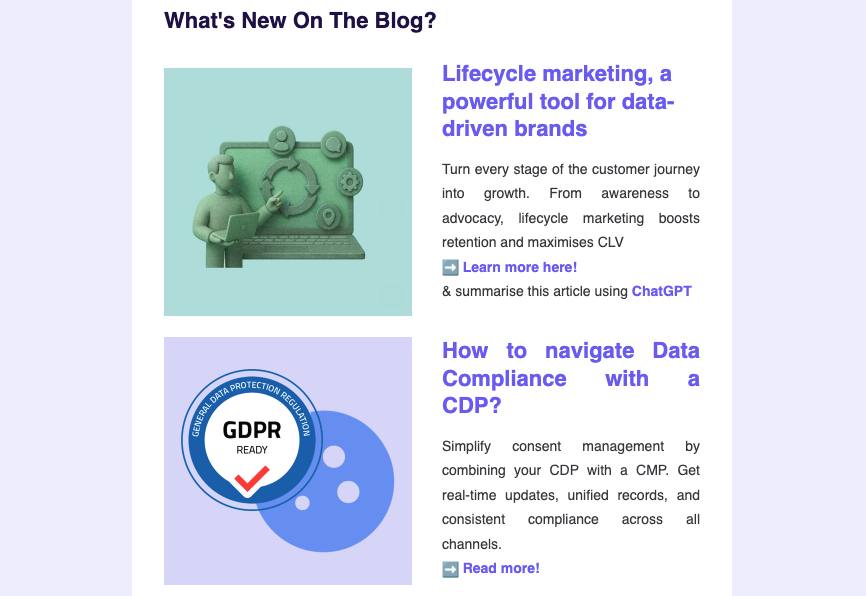
The DinMo newsletter contains links to our latest articles
The newsletter inviting to brand’s private events
This newsletter plays a key role in promoting major initiatives of a company, including events, webinars, conferences, and other private events. It is designed to generate palpable excitement and motivate readers to engage actively.
Some essential principles to follow:
Ensure the communication of all vital event information: date, time, location, and agenda.
Enrich content with attractive visuals, as well as videos, to give a tempting preview of the planned event.
Offer exclusive benefits, such as promotional deals or goodies, to stimulate registration rates.
Use effective Calls-to-Action to unambiguously guide your readers to the registration or booking page.
Final thoughts
In summary, a well-structured newsletter is a major growth driver for strengthening customer relationships, boosting engagement, and achieving marketing goals.
The effectiveness of each type of newsletter mentioned is amplified by using tools like DinMo, making customer data exploitation accessible in any emailing tool without requiring advanced technical experience.
Indeed, DinMo helps deploy each of the usage scenarios mentioned, whether it concerns data segmentation, launching targeted advertising campaigns, personalizing content, or optimizing conversion rates.
🌟 With DinMo, it is possible to build custom audiences, integrate your information into marketing platforms, and significantly enhance your advertising performance. Feel free to contact us if you want to know more!

















